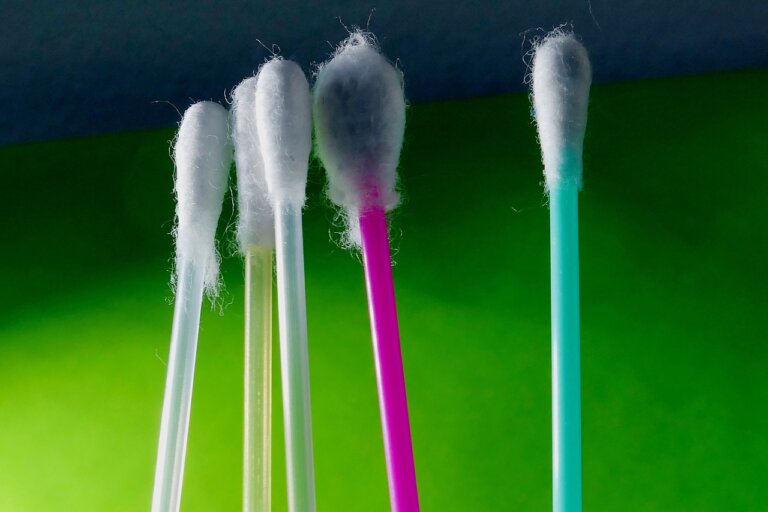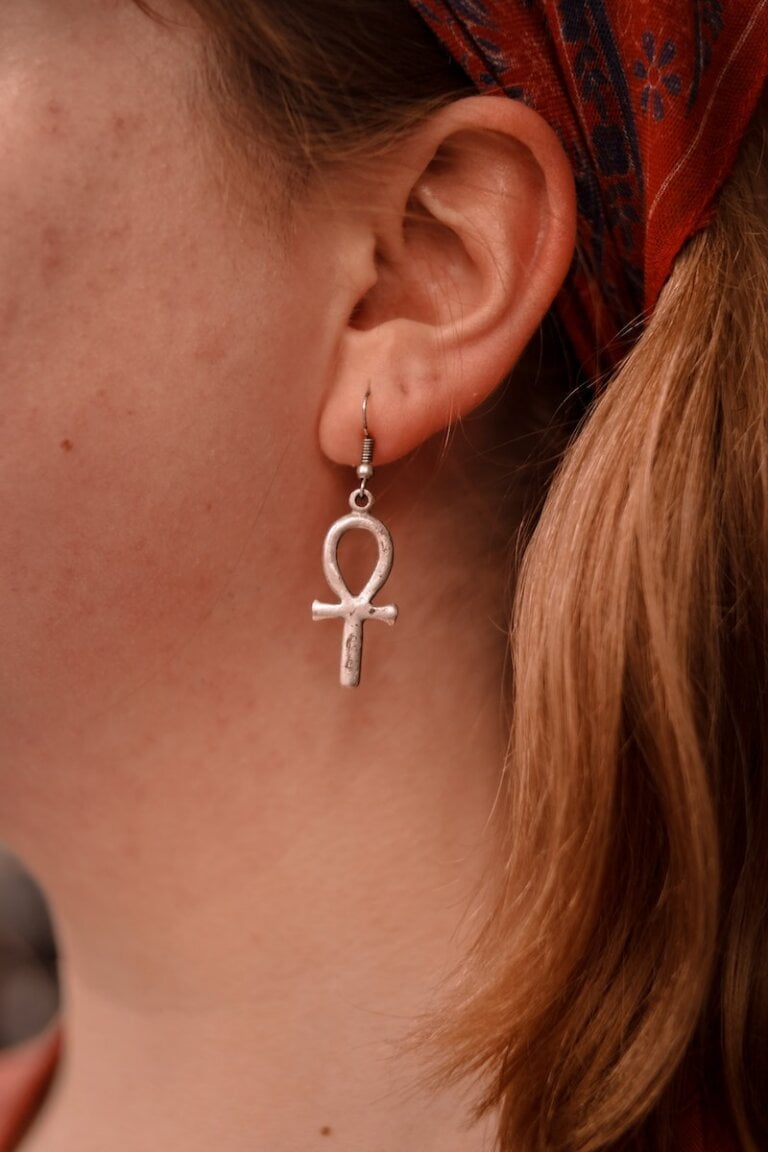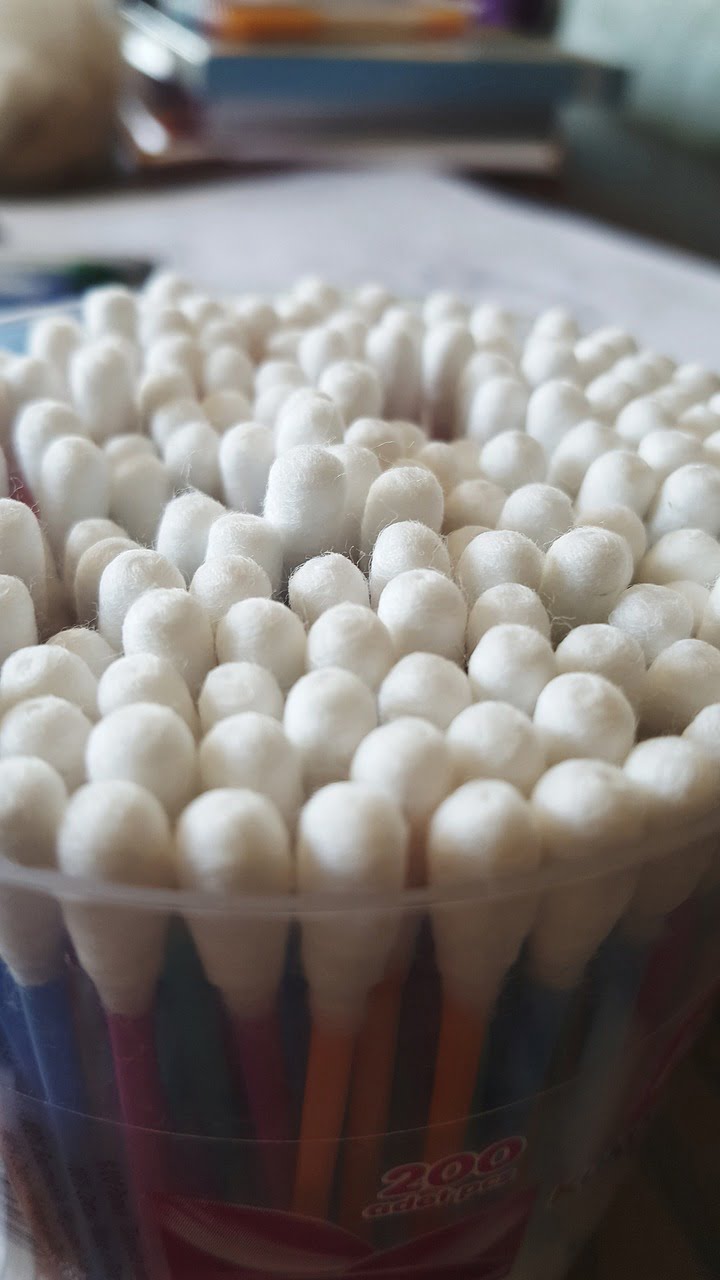When Too Much is Not Good: Dealing with Excessive Ear Wax Build-Up
Ear wax, also known as cerumen, is a natural substance produced by the ear to protect the delicate structures inside from dust, dirt, and bacteria. It is a sticky, waxy substance that helps to lubricate the ear canal and prevent it from drying out. While ear wax is a normal and necessary part of our body’s defense mechanism, excessive build-up can lead to various uncomfortable symptoms and even hearing loss. In this article, we will explore the causes, symptoms, and effective methods to deal with excessive ear wax build-up.
Causes of Excessive Ear Wax Build-Up
Excessive ear wax build-up can occur due to various reasons. Understanding the causes can help in preventing and managing this condition effectively. The following are some common causes of excessive ear wax build-up:
-
Naturally Occurring: Some individuals naturally produce more ear wax than others. This can be due to genetics or differences in the anatomy of the ear canal. People with this predisposition may need to take extra precautions to prevent excessive build-up.
-
Impacted Ear Wax: When ear wax is not regularly removed from the ear canal, it can become impacted. This occurs when the wax hardens and blocks the ear canal, causing a build-up of wax. Impacted ear wax can occur due to inadequate cleaning or improper cleaning methods.
-
Incorrect Ear Cleaning Methods: Using cotton swabs, bobby pins, or other objects to clean the ears can push the wax deeper into the ear canal, leading to a build-up. These objects can also cause injury to the ear canal or eardrum if not used correctly. It is crucial to avoid inserting any objects into the ear to prevent excessive wax build-up.
-
Narrow or Curved Ear Canal: Individuals with a narrow or curved ear canal are more prone to excessive ear wax build-up. The shape of the ear canal can make it difficult for the wax to naturally flow out of the ear, resulting in accumulation.
To effectively manage excessive ear wax build-up, it is essential to understand the underlying causes. By addressing these causes, individuals can take preventive measures and reduce the likelihood of experiencing discomfort and complications associated with excessive ear wax build-up.
Symptoms of Excessive Ear Wax Build-Up
Recognizing the symptoms of excessive ear wax build-up can help individuals seek appropriate treatment and prevent further complications. The following are common symptoms associated with this condition:
-
Earache: Excessive ear wax build-up can cause a feeling of fullness or discomfort in the ear. This discomfort may range from mild to severe, depending on the extent of the wax build-up.
-
Hearing Loss: When the ear canal is blocked by a large amount of ear wax, it can interfere with sound transmission, leading to temporary hearing loss. Individuals may experience difficulty in hearing conversations or sounds clearly.
-
Tinnitus: Excessive ear wax build-up can cause a ringing, buzzing, or hissing sound in the ear. This condition is known as tinnitus and can be bothersome and distracting.
-
Ear Itching and Discharge: Build-up of ear wax can cause itching and sometimes even discharge from the affected ear. The itching can be accompanied by redness or inflammation in the ear.
-
Dizziness: In some cases, excessive ear wax build-up can lead to dizziness or a feeling of imbalance. This symptom occurs when the wax build-up affects the balance mechanisms in the inner ear.
It is important to note that these symptoms can vary from person to person, and some individuals may experience additional or different symptoms. If any of these symptoms persist or worsen, it is advisable to seek medical attention for proper diagnosis and treatment.
Effective Methods to Deal with Excessive Ear Wax Build-Up
Managing excessive ear wax build-up involves safe and effective methods to remove the wax and prevent future build-up. The following methods can help individuals deal with this condition:
-
Do Not Insert Objects in the Ear: It is crucial to avoid using cotton swabs, bobby pins, or other objects to clean the ears. These objects can push the wax deeper into the ear canal and potentially damage the eardrum. Instead, individuals should rely on safer methods for ear wax removal.
-
Ear Wax Softening Drops: Over-the-counter ear wax softening drops can be used to soften the wax, making it easier to remove. These drops contain special ingredients that help break down the wax, allowing it to naturally flow out of the ear. It is important to follow the instructions provided and consult a healthcare professional if you have any doubts or if the symptoms persist.
-
Irrigation with Warm Water: Another effective method to remove excessive ear wax is irrigation with warm water. This can be done using a bulb syringe or an irrigation kit specifically designed for this purpose. The warm water helps to soften the wax and flush it out of the ear canal. It is important to use lukewarm water and follow the instructions carefully to avoid injury or discomfort.
-
Seek Professional Help: If you are experiencing severe symptoms or are unsure about the best method to remove excessive ear wax, it is advisable to seek professional help. A healthcare professional, such as an ear, nose, and throat specialist, can examine your ears and safely remove the excess wax using specialized tools. They can also provide guidance on preventive measures to avoid future build-up.
-
Preventive Measures: To prevent excessive ear wax build-up in the future, individuals can adopt certain preventive measures. These include avoiding the use of earphones or earbuds for extended periods, regularly cleaning the outer part of the ear with a washcloth, and using earplugs when exposed to loud noises or water. These measures can help maintain ear hygiene and reduce the chances of excessive wax accumulation.
-
Do Not Overclean: While it is essential to maintain ear hygiene, overcleaning the ears can disrupt the natural balance of ear wax production. It is recommended to clean the outer part of the ear gently using a washcloth without inserting anything into the ear canal. This allows the ear wax to serve its protective function without causing excessive build-up.
By following these effective methods and taking necessary precautions, individuals can effectively manage and prevent excessive ear wax build-up. It is important to remember that each person’s situation may vary, and it is always advisable to consult a healthcare professional for personalized advice and treatment.
Conclusion
Excessive ear wax build-up can be a discomforting and frustrating condition. However, with proper knowledge and caution, it can be effectively managed. Remember to avoid inserting objects into the ear, use ear wax softening drops or warm water irrigation when necessary, and seek professional help if needed. By taking preventive measures and maintaining regular ear hygiene, you can reduce the chances of excessive ear wax build-up and promote healthier ears.
FAQ
- What are the common causes of excessive ear wax build-up?
- Excessive ear wax build-up can occur due to natural predisposition, impacted ear wax, incorrect ear cleaning methods, and narrow or curved ear canals.
- What are the symptoms of excessive ear wax build-up?
- Symptoms of excessive ear wax build-up include earache, hearing loss, tinnitus, ear itching and discharge, and dizziness.
- What are some effective methods to deal with excessive ear wax build-up?
- Effective methods to deal with excessive ear wax build-up include avoiding the insertion of objects in the ear, using ear wax softening drops, irrigation with warm water, seeking professional help, and adopting preventive measures.
- How can I prevent excessive ear wax build-up?
- To prevent excessive ear wax build-up, you can avoid using earphones or earbuds for extended periods, regularly clean the outer part of the ear with a washcloth, use earplugs when exposed to loud noises or water, and avoid overcleaning the ears.







